
Why the Easter bunny? Why do we dye Easter eggs?
Do you wonder why we celebrate Easter? Why we dye eggs on Easter? Why is there an Easter bunny? Find out some fun Easter facts from The Old Farmer’s Almanac for Kids!
What Is Easter?
Centuries ago, Easter was one of the earliest—if not the earliest—of the annual festivals celebrating spring and new life. Today, Easter Sunday is the day on which many Christians remember the resurrection, or rising, of Christ after His crucifixion.
Why “Easter”?
The name may have derived from the Saxon goddess Eostre, whose feast day was celebrated each spring. Or it may have derived from the word oster, meaning “rising.”
When Is Easter?
Easter can occur as early as March 22 and as late as April 25, according to the western Christian church. (Eastern and western churches usually celebrate Easter on a different day.)
If it rains on Easter day, there shall be good grass but very little hay.
Why Is It Always on a Different Sunday?
The date for Easter is determined through a complicated formula based on the full Moon that occurs on or shortly after March 21. The original calculations were made in the year 325 and did not consider all factors of lunar motion, so Easter may differ from the actual full Moon date by a day or so.
Why Do People Light Bonfires?
Some Germans have an ancient tradition of lighting bonfires on the night before Easter to symbolize the end of winter and beginning of spring.
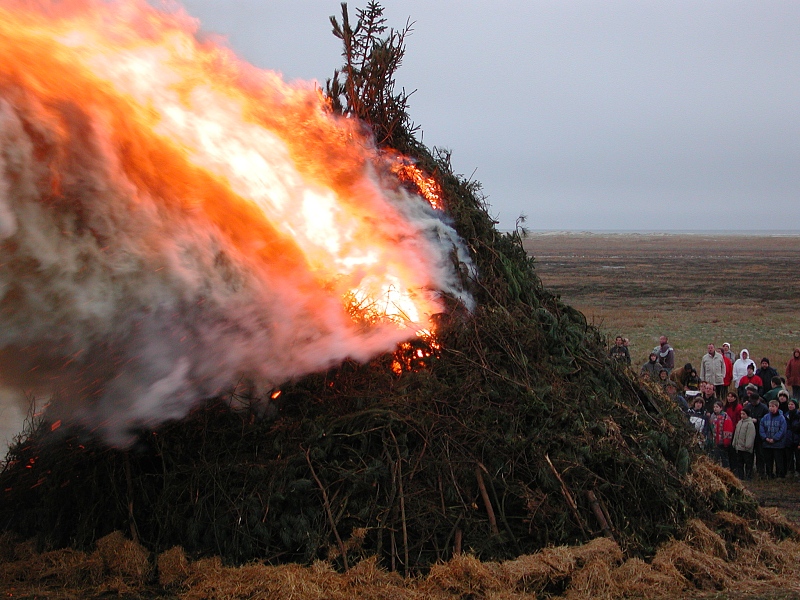
Photo credit: Fritz Geller-Grimm/Wikimedia
About the Moon
The Easter full Moon (as calculated by Christian churches) is often called the Paschal full Moon. The word “paschal” stems from the Hebrew word pesach, which refers to the Passover feast, a festival of redemption. Before there was a Passover feast, people celebrated the arrival of spring and the passing of winter.
Why Is There an Easter Bunny?
In folklore, the Easter bunny recalls the hare, the Egyptian symbol of birth and fertility.
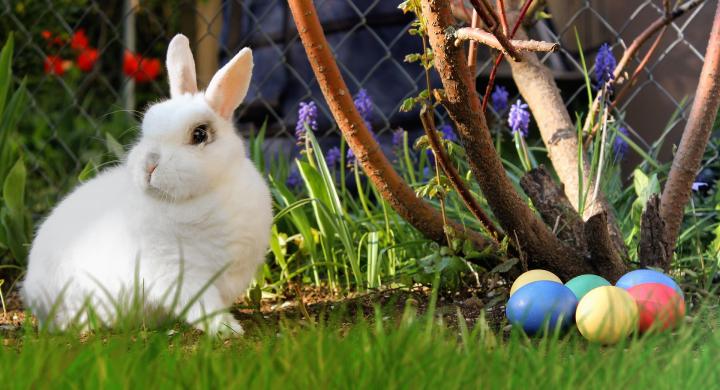
Why Do We Have Easter Eggs?
For centuries, the egg has represented rebirth. People from many cultures noticed that when winter came to an end, the earth would burst forth with plant life, just as a chick or baby bird bursts through an eggshell.
For Ukrainians, the egg yolk represented the Sun. They also valued eggs because they produced roosters, which, Ukrainians believed, called the Sun to rise every morning by crowing.
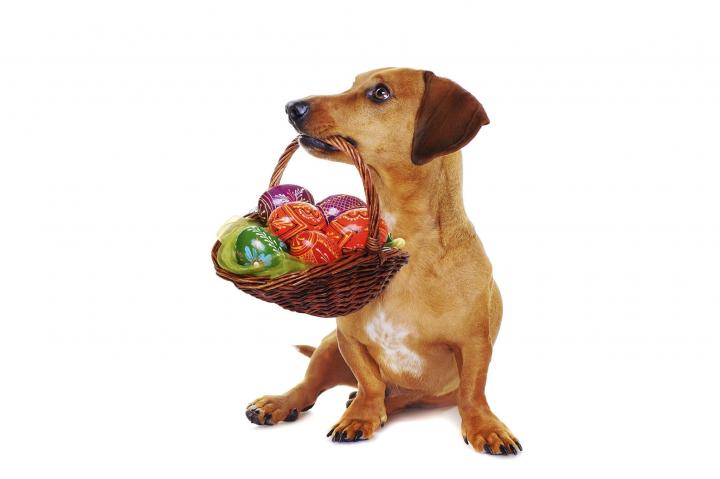
Photo credit: Thinkstock
The Best Eggs for Decorating
White eggs (of chicken breeds such as the Ancona, California White, Minorca, or Leghorn) are the best, although brown eggs (from the Rhode Island Red, White Rock, Golden Comet, New Hampshire Red, and Plymouth Rock breeds) are fine, too.
“Pre-Decorated” Eggs
Araucana hens lay eggs with a pastel blue, marbleized appearance. The Araucana is sometimes mistakenly called the “Easter Egg Chicken.”
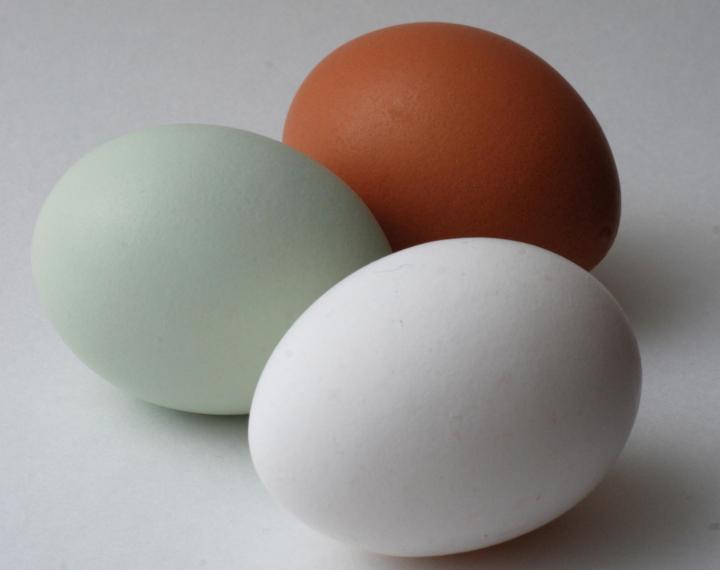
Photo credit: GMoose1/Wikimedia
Save the Shells!
Dispose of eggshells in the compost pile. As they decompose, they add valuable nutrients to garden soil.
The first White House Easter Egg Roll took place on April 22, 1878.
Fractured Folklore
One of the oddest Easter customs was lifting, or heaving, practiced in the Victorian period (mid-1800s). On Easter Monday (the day after Easter), a man could take hold of and lift any woman off the ground and kiss her. On Easter Tuesday, ladies got their turn to lift and kiss any man. The practice fell out of favor when people began to object to being lifted.
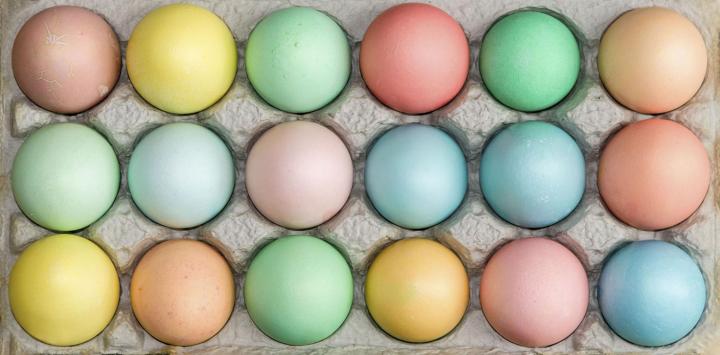
How to Dye Eggs
To help prevent eggs from cracking in hot water, bring them to room temperature before boiling.
Buy a dye kit and follow the directions on it or use natural coloring (the more you use, the stronger the colors will be). Here’s how:
1. Place the egg or eggs in a pot.
2. Add enough cool water to cover, plus 2 tablespoons of vinegar.
3. Add one of these vegetables, fruit, or spices:
- red cabbage (coarsely chopped), blueberries or blackberries (crushed), or grape juice for blue color
- spinach or parsley for green color
- chili powder or paprika for orange color
- beets (grated or canned with juice), cherries, cranberries, or pomegranate juice for red or pink color
- yellow onion skins, ground cumin, ground turmeric, or lemon or orange peels for yellow color
4. Put the pot on the stove.
5. Set the heat on high to bring the water to a boil.
6. When the water boils, cover the pot with a tight-fitting lid, turn off the heat, and let the pot stand for 25 minutes.
How to Avoid Cracking the Shell When Boiling An Egg
Using a sewing needle, safety pin, or pushpin, puncture the fat bottom end of the egg so that it will be less likely to crack while boiling. Push just hard enough to make a hole in the shell;
go too deep, and the white will leak out and solidify while cooking.
OOOPS!
If an egg cracks while boiling, immediately lower the heat and pour a large quantity of salt on the crack. This will often seal it and stop a lot of the egg white from escaping.
Go for a Spin
To determine which eggs in the refrigerator are raw and which are hard-boiled, spin each egg on its fat end. A raw egg won’t spin as fast as a cooked egg.
(And next time, mark an X on your hard-boiled eggs!)
Find more fun stories in The Old Farmer’s Almanac for Kids. Kids can’t put this book down! Take a look inside our newest Kids Almanac—Volume 8!

